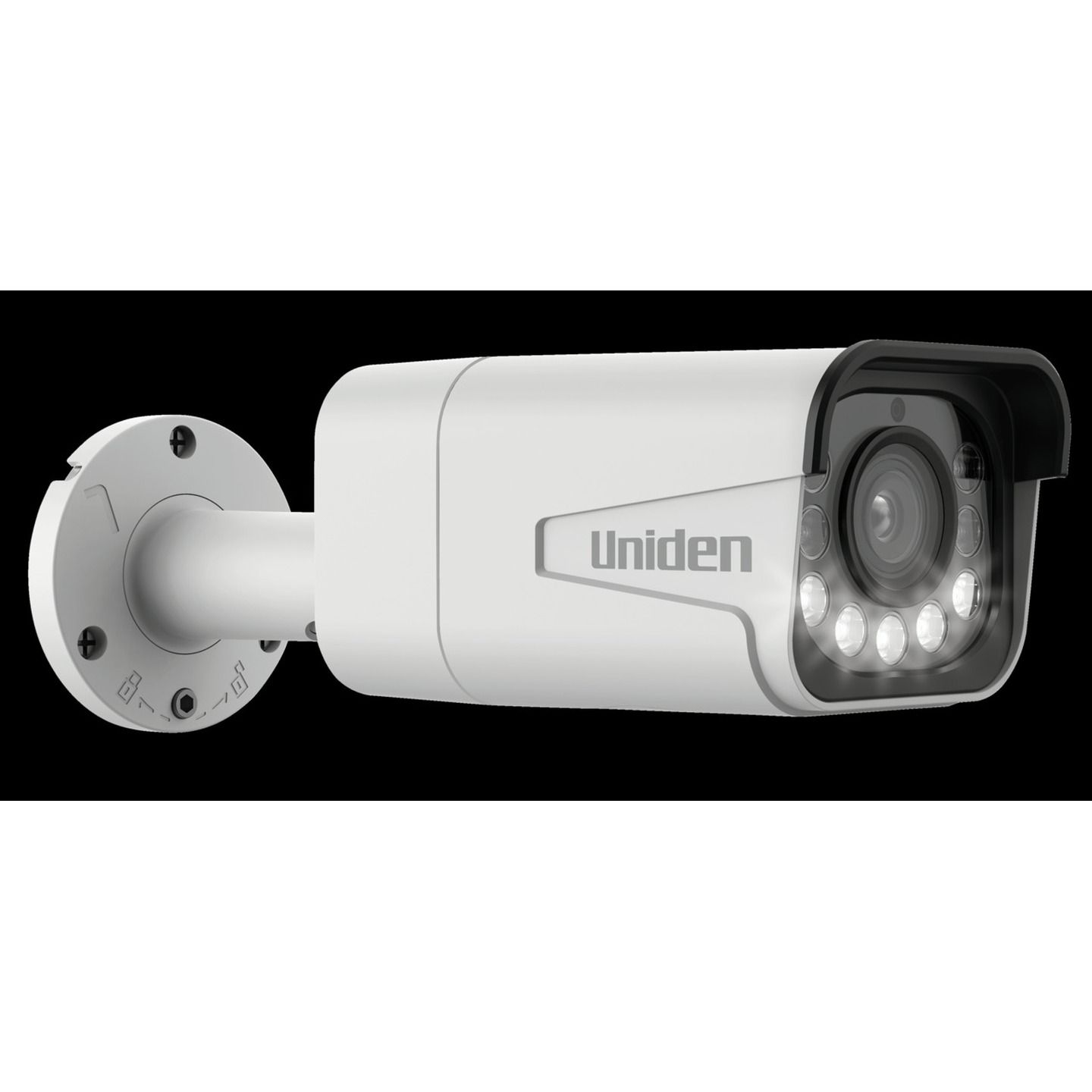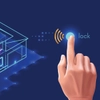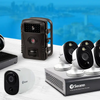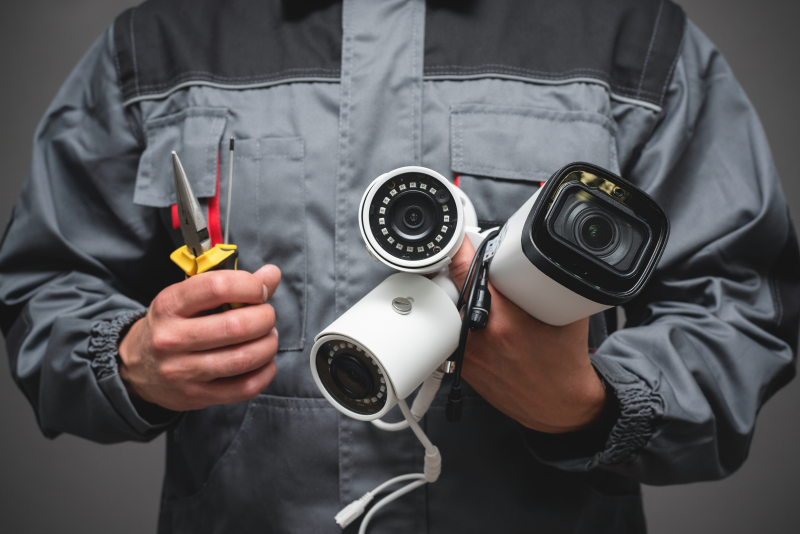
Whether you’ve recently moved into a new property or have noticed an increase in local break-ins, installing a security system should be at the top of your agenda. Frankly, building a DIY video surveillance setup is the most effective solution by far.
Opting for DIY security cameras and safety features isn’t only cheaper than calling a professional. It also gives you optimal control to ensure that the system is perfectly aligned with your requirements as well as the property’s layout. Given that Australia has the 7th highest rate of burglaries in the world, overlooking the issue any longer is simply not an option.
Here’s how you can choose the best security cameras for maximum protection and complete the perfect security system installation for lasting success.
1. Choose a Security Camera
Security cameras are an integral feature of any successful security system installation. They serve as a clear deterrent to prospective burglars who have eyed up the property while also recording valuable evidence should someone still attempt a break-in. While many homeowners hire a contractor to complete the installation, a DIY video surveillance setup can achieve the same benefits as long as you choose the right cameras.
Advanced IP and wireless cameras are the perfect choice for modern homes. There are several fantastic models from top brands like Swann and Concord on the market, which make installing a security system far simpler. Whichever manufacturer you opt for, some of the key features to look for are;
- A high resolution of at least 1080p to capture clear imagery.
- Video recording of at least 2k, supported by local and cloud video storage.
- Night vision and intelligent motion detection, including voice detection.
- The ability for monitoring to be done remotely from an intuitive App.
- Easy integration with the rest of your security system.
Wireless models won’t compromise your home’s aesthetic by running cables and can also be moved with ease. However, you may need multiple DIY security cameras to cover every potential access point. Many homeowners now opt for low-cost internal cameras too.
When adding new devices to your system, you must also check the signal strength and its impact on the stream. Signal boosters are available if required.
2. Use a FloodLight Camera
It may sound like an old cliche, but there is no doubt that you have to think like a burglar to stop one. From their perspective, the thought of being seen is the biggest potential threat. Therefore, it makes sense to invest in good lighting. Adding external lights to your front garden and backyard will provide a good starting point, but you must not stop there.
Lighting equipment that uses PIR sensors and other motion-detecting sensors can illuminate outside spaces as soon as someone enters its vicinity. While they may be set off by cats and wildlife too, it is a small price to pay for making burglars run away.
The market is now packed with many lighting sensors ranging from LED night light bars to sensor spotlights and intelligent facilities that integrate with home automation systems. For the best results, though, you should have a floodlight camera. The combination of a high resolution and the visibility provided by the floodlight(s) will make it almost impossible for burglars to go unnoticed.
It is certainly one of the best additions to your DIY video surveillance setup in terms of securing evidence, and will also serve as a great deterrent. They might not be the best choice in all settings but are particularly good for overlooking the garden or as a security measure for a garden office.
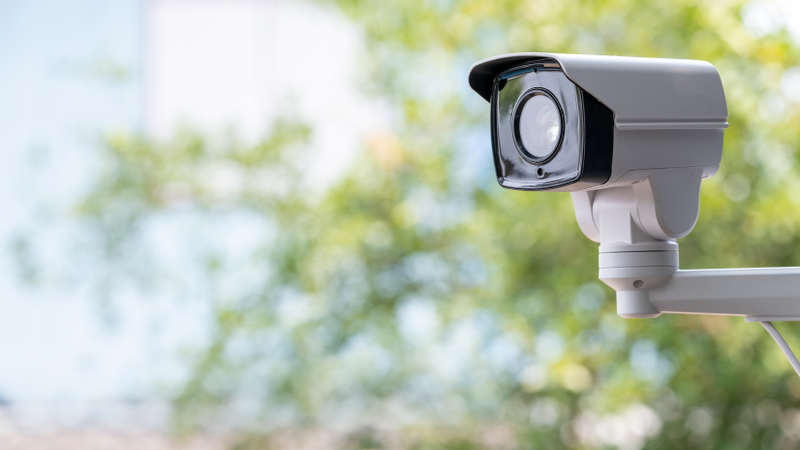
3. Install Smart Locks
Deterrents are great, but they still might not stop all potential break-ins. After all, thieves may think that they’ve found blindspots from the cameras or simply be prepared to take the risk as only a small percentage of burglars will face the maximum jail time of 14 years. Many escape punishments due to issues like a lack of evidence. While cameras will help you prevent this problem, going the extra mile with advanced locks is advised.
When looking at door security features, the goal is to ensure that all doors (and windows) are protected to the point where it becomes very difficult for anyone to gain unauthorised access. Some of the most popular products on the market include, but are not limited to;
- Doorway beams,
- AC/DC door strike releases,
- Metal door frame reed switches,
- Concealed timber door frame reed switches,
- Door or gate alarms.
Door and window replacements may also be utilised to increase the security of your home, but will require a far larger investment. So, installing a security system that focuses on the locks and accessories is usually the smarter choice.
While ground floor locks should be the priority, you should not overlook any upstairs entry points. Once again, garages and garden buildings deserve a lot of attention when installing a security system aimed at preventing theft.
4. Upgrade to a Video Doorbell
Video doorbells have revolutionised the market by adding an extra layer of home security while simultaneously adding convenience when taking in parcels or responding to other callers. However, the costs associated with the obvious brands and solutions can be off-putting. There is a more affordable way to enhance your security system installation.
Adding DIY security cameras to monitor the front door is often the first step that homeowners complete in a bid to ramp up their security. When you combine this with an intercom doorbell chime, you will have unlocked the benefits of a video doorbell without the expense of an ongoing monthly subscription.
Whenever someone rings the doorbell, you will be perfectly positioned to see them from your smartphone or relevant device by connecting to your DIY video surveillance cameras. Even if they do not ring the doorbell, cameras that detect motion will serve you well. Ideally, you should opt for a system that allows you to speak directly through the camera. Once a person hears your voice, they will almost certainly scarper.
The popularity of video doorbells has caught the attention of intruders, who will naturally analyse the situation to see whether a property is protected by this security measure. By having yours in place, the chances of break-ins will be reduced.
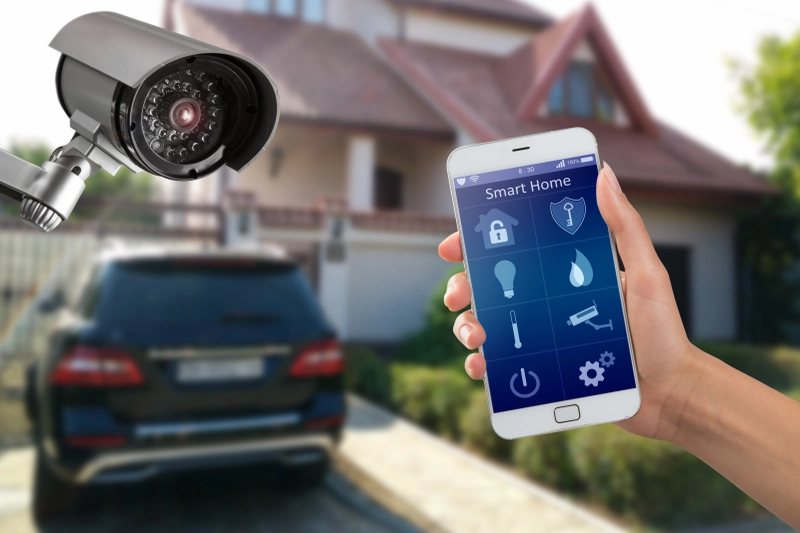
5. Dummy Cameras Are an Option
In an ideal world, you would have real security cameras for all doors, garages, garden buildings, and other key areas. In reality, though, this may not be possible due to budget limitations or weak signals in certain parts of the home. Thankfully, there is another solution.
Dummy cameras offer a far cheaper solution, and look like the real thing thanks to their design and use of features like LED spotlights and warning stickers. Like wireless cameras, you won’t have to worry about running cables through the home, making them an ideal addition to your genuine DIY video surveillance features.
Research shows that only 12.4% of Australian homes possess both alarms and cameras. However, those that do will be far less likely targets for burglars, especially if you also avoid having valuables on show.
Most burglars can’t tell the difference between genuine and dummy models while even those that can won’t get close enough to them. So, the latter can work as a good substitute for the real thing, particularly when coupled with some of the other key security features.
Still, genuine DIY security cameras remain the best solution for protecting your family and putting your mind at ease.
6. Don't Forget The Alarms
Cameras have transformed the home security market, allowing homeowners to take control of situations for themselves. However, no security system installation is complete without adding alarms. Once they are triggered, burglars will abandon their attempted break-in.
The marketplace is blessed with many security alarms, ranging from strobe light sirens to alarms that make an audible alarm. Either way, the instant on-site warnings will stop most intruders. Even if this isn’t the case, advanced features can now integrate with existing security features. This will allow you to implement a quick response. Some alarm systems will automatically contact local law enforcement teams. So, if the intruder does persist, they will be caught in the act.
In truth, though, most potential burglars would notice the alarms as you will probably fix them to the exterior walls in visible places. Alarm stickers can also be used to warn people that you have alarms and other security measures in place. If nothing else, it should increase your peace of mind while potentially reducing your home insurance premiums too.
Alarm systems are a simple yet sophisticated solution that will take your overall security to new heights. Most systems have no wires and enjoy a very simple installation process that simply requires wall-mounting and connecting the alarm to your network.
Security System Installation Conclusion
The threat of burglaries across Australia is as strong as ever but installing a security system is now more affordable and accessible too, thus allowing you to give your property the protection it deserves. With the right surveillance systems and preventative measures in place, you can stay on top of the situation and keep your family safe and build a better relationship with your home.
To learn more about the best products to boost your DIY video surveillance and security systems, get in touch with our friendly experts today.



